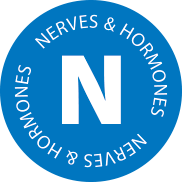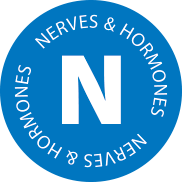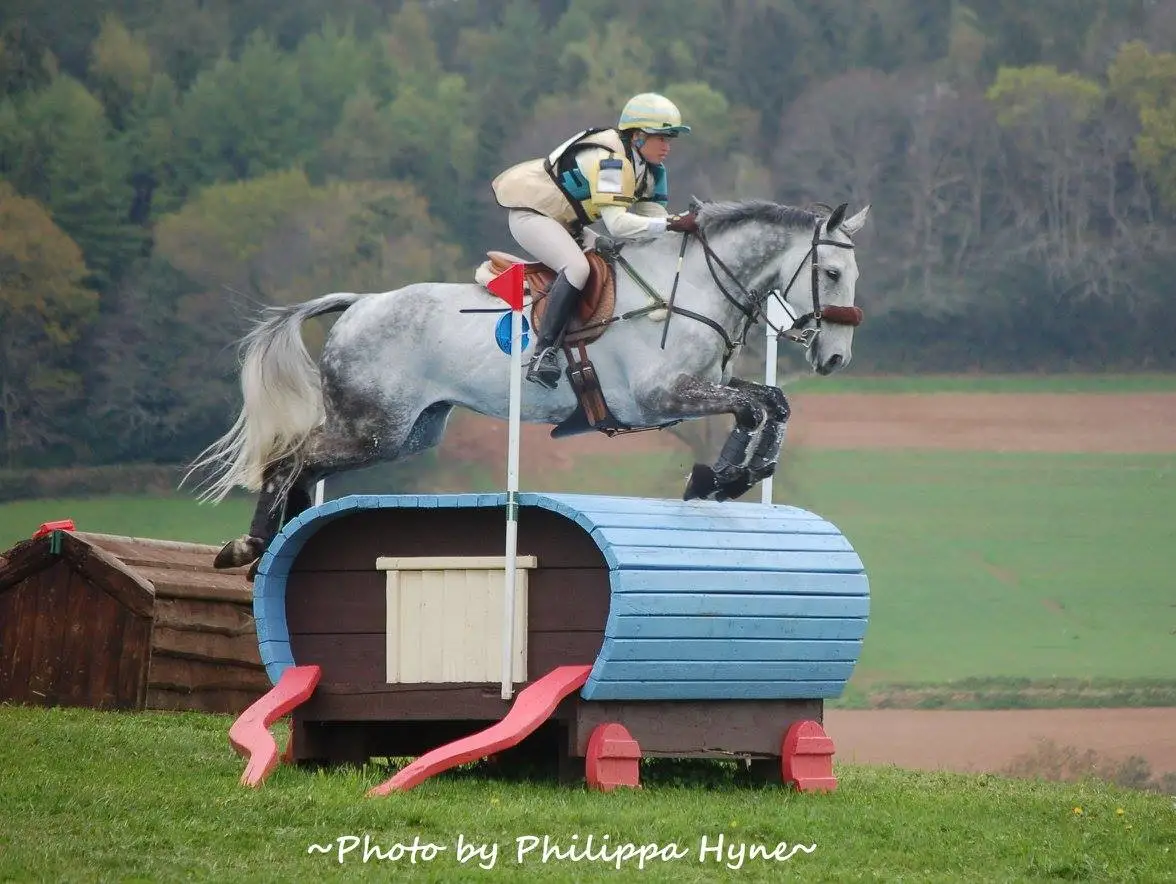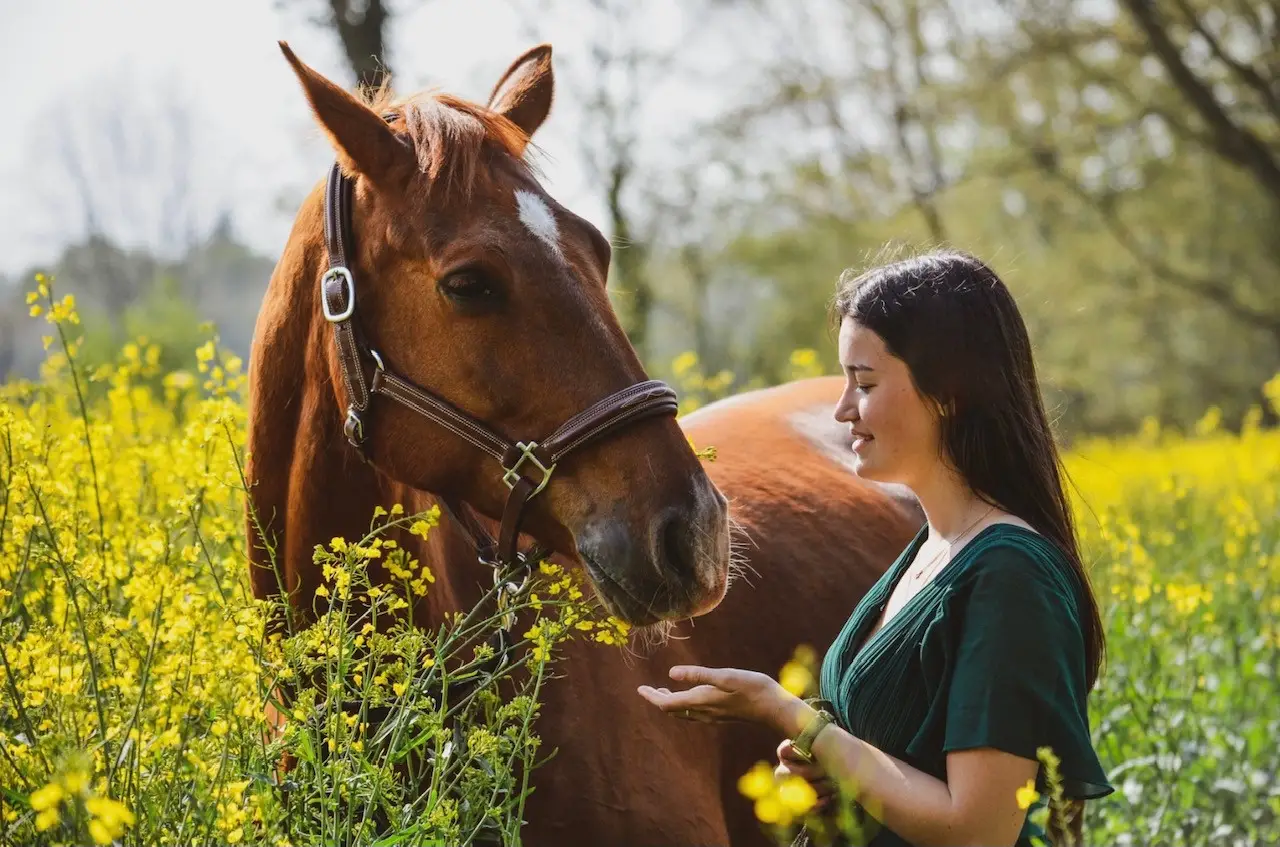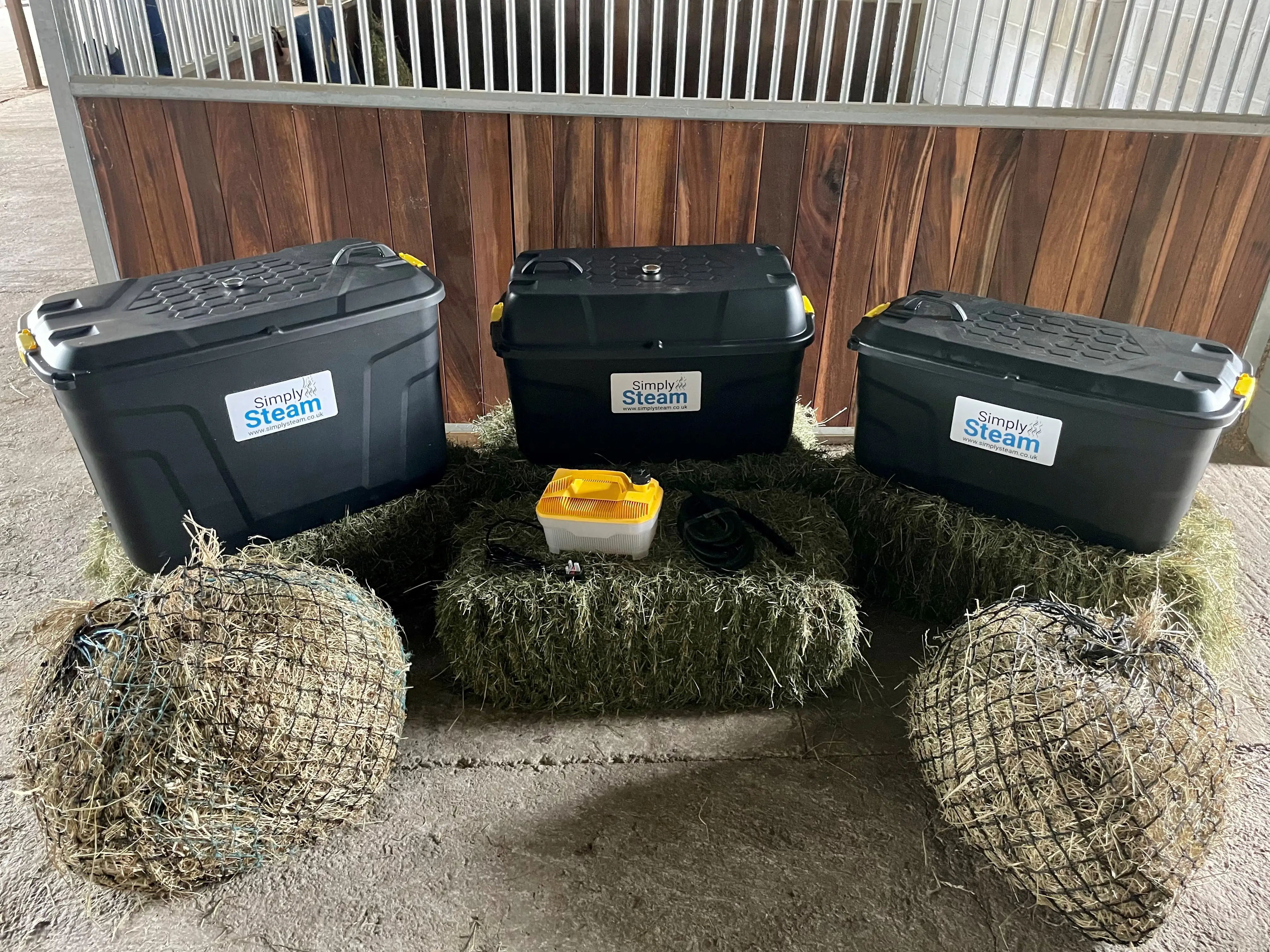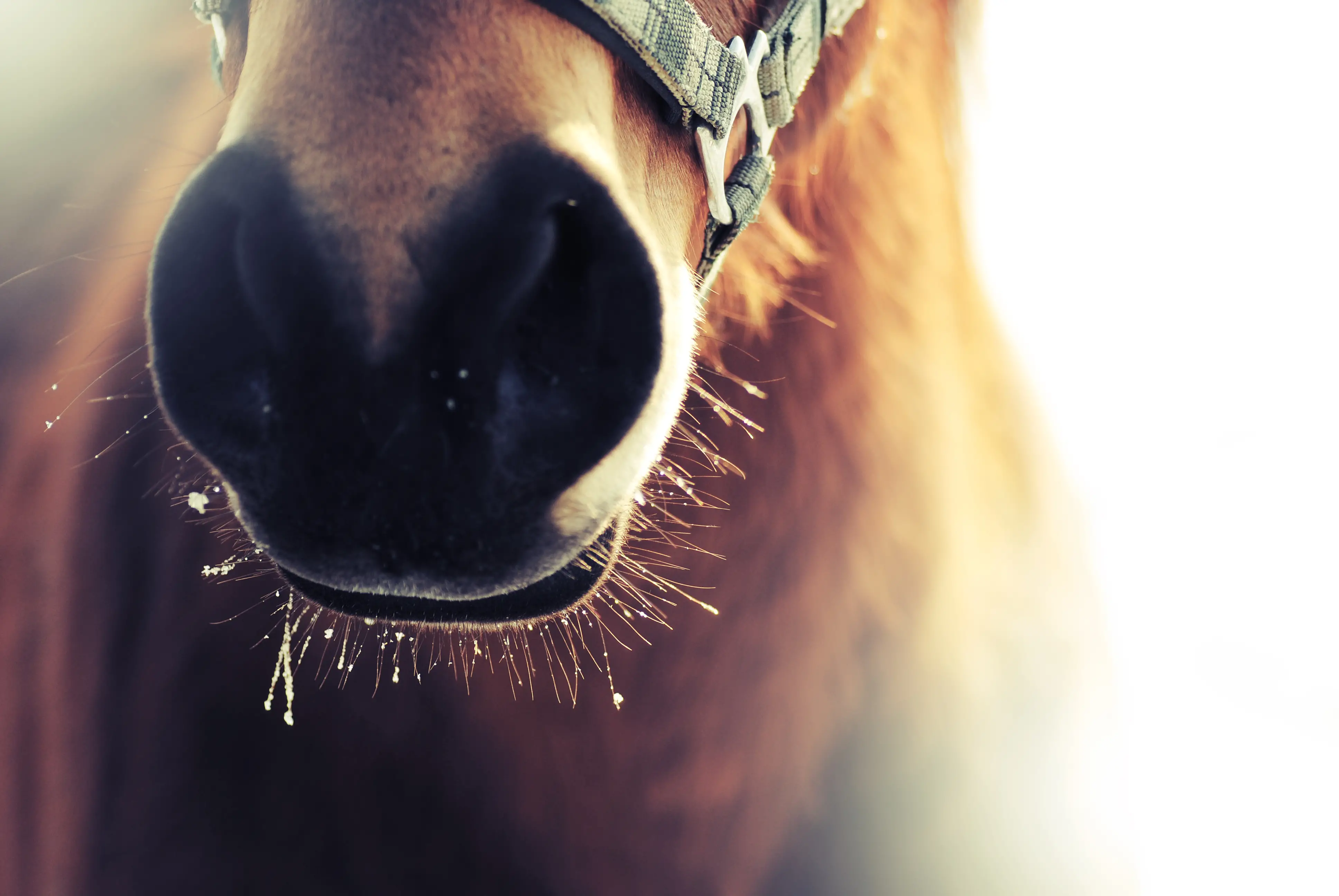18 February
Working with a mare and her seasons
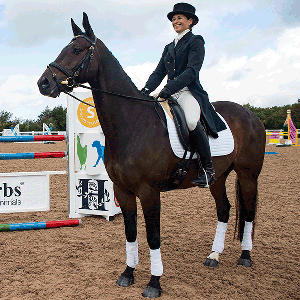 Kate Jupp
Kate Jupp
Kate Jupp
Kate Jupp
We have all heard the saying tell a gelding, ask a mare and discuss it with a stallion. Many of us would not entertain keeping a stallion as we understand that they are far more challenging due to their hormones, geldings are far easier to deal with as they have less testosterone and are often the go to option but what about a mare? Less tricky than a stallion to keep and with all their reproductive organs intact many feel that they have that extra something special. Others think mares are too hot to handle.
I have had the pleasure of working with a number of exceptional competition mares. My top Mare Bunratty Rose (pictured above) took me to Burghley 5* and I had been working with top mares way before then, being lucky enough to regularly ride the exceptional eventing mare Headley Britannia, a diminutive little chestnut mare, that at just 15.2hh won Badminton, Burghley and Kentuky 5* Events with Lucinda Fredericks. I think when a mare loves her job and you, she will give you her all. So how do we get to that position with our mare?
Understanding her seasons
Mares tend to have their first seasons around 18mths old and from then on will cycle every 21 days during breeding season (March to October in general – earlier for TB’s) for the rest of their lives. The first two weeks of the cycle (diestrus) often goes unnoticed, the following week (oestrus) is when the mare is ready to reproduce, this can be accompanied with behavioural changes. While in oestrus mares can often display behaviours such as urine squirting, winking, raised tails and squealing. This can also be accompanied by challenging behaviour such as kicking out, rearing, a reluctance to go forwards, aggression, general stiffness or even subtle lameness. It is hardly surprising that they don’t want to work as well when like us they often get very sore and sensitive over their kidneys and back. Their ovaries sit just behind and down from where we sit the saddle.
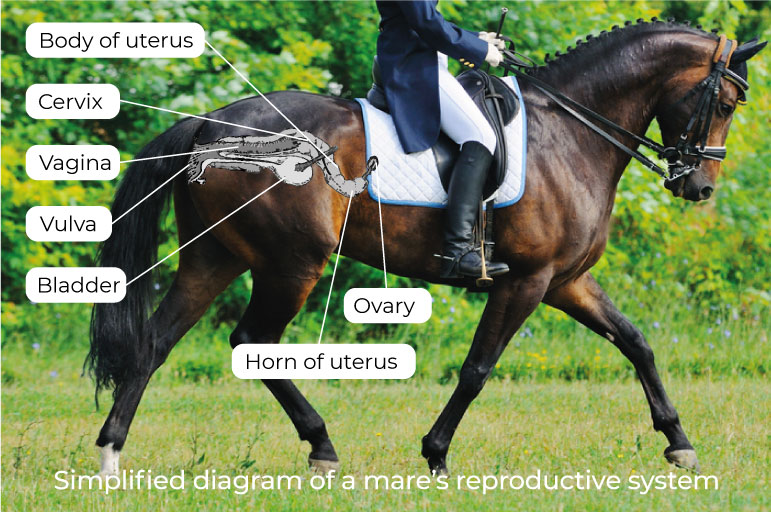
Planning Her work load
It is a great idea to jot down in a diary when we first notice our mare coming into season (oestrus) as this can help us structure her work load. This can make a big difference long term in our mare wanting to work with us. We can expect more of her during diestrus and look to use this as the time to teach new things, do our jump training and build her trust and willingness to work. When we know she is coming into oestrus we can plan an easier week and keep her happy.
In spite of the saying ask a mare I have found mares do need a degree of leadership. Some of the best mares, would in the wild, be alpha mares (in the wild the boss of a herd is often a female ‘alpha’ and within the herd there may be different alpha’s for different issues such as finding suitable grazing or moving the herd). We need to tell our mare, in such a way that we become their chosen leader for some things whilst at other times we allow them to take the reins! In this way a mare can become a formidable partner in competition; determined, quick thinking and willing to take the lead.
Useful exercises
During oestrus our mare is often easily distracted, their mind is far more on having a baby than what we are asking of them. They may also become more clingy to their stable mates.
In this time, it is a good idea to plan some easier days such as, low pressure fitness work, gentle schooling, maybe a lunge day and a bit of fun time out hacking with her friends.
I find simple pole work can help, the poles act to give her focus and gently get the muscles and brain working in your favour. It is important to keep it simple so, rather than setting challenging core strengthening exercises, go for long and low stretching patterns.
See our pole exercise video for a great simple exercise to try at home:
Competition schedules
Unfortunately, the mares cycling season almost matches when we have most of our competitions. However, once we have established how and when our mare works at her best it becomes much easier to plan her competition season. We can look at the dates and try to capitalize on her best weeks to take her out competing. As we develop that partnership with our mare there is a good chance she will dig deep for us once in a while even if she isn’t feeling at her best but try not to ask this of her too often.
Useful reading:
- Supplement guide for the competition horse
Diet and Supplements
Try to feed a low concentrate, high fibre diet to avoid adding in high starch elements, as these can exacerbate unruly behavior. Also consider her weight, research has shown that dominant horses have a higher body condition score (BSC). A high BSC can also extend the breeding season in mares. Alongside this it is far better for her Musculoskeletal system not to be carrying excess weight whilst competing.
There are many supplements on the market that claim to help our ‘Mares Moods’. Ultimately it is a bit of trial and see how she responds as different horses will respond to different supplements. Make sure you check any supplement you use is legal to use at your relevant level of competition.
Magnesium is often used in mare supplements as it can help with muscle relaxation, the magnesium rarely works alone though so if you choose one of these supplements to try, look for one combining magnesium with herbs.
At Hilton Herbs we produce a supplement called Easy Mare. Our Easy Mare PLUS has been NOPs tested and only contains herbs suitable for use under FEI rules. The Easy mare range contains a herb called Vitex Angus Castus, also known as Monks Pepper or Chasteberry. This herb was historically given to Monks in monasteries to reduce their libido and keep them focused! The vitex agnus castus will not stop your mare cycling like Regumate but helps to level hormones. It works in great synergy with herbs such as Crampbark, a traditional herb used for women’s comfort during oestrus.
Homeopathic remedies can be useful for some mares. Homeopathic vet Tim Couzens suggests a number of different remedies that can help cycling mares including Lillium tigrium, Calc Carb, Lycopodium, Nat mur, Plarina and Sepia depending on the issues and temperament. It is best to consult a homeopathic vet to find out if one or a combination of these could help.
A final note; if your mare is showing excessive or persistent signs of pain and discomfort or aggression please do consult with your veterinarian. They can assess her to make sure she doesn’t have any underlying medical issues and discuss other treatments such as feeding regumate, or a having a marble implant.
Our Product Suggestions:
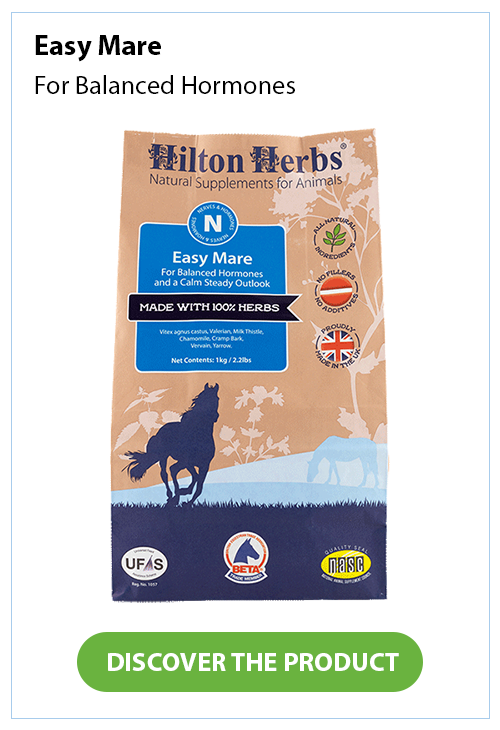
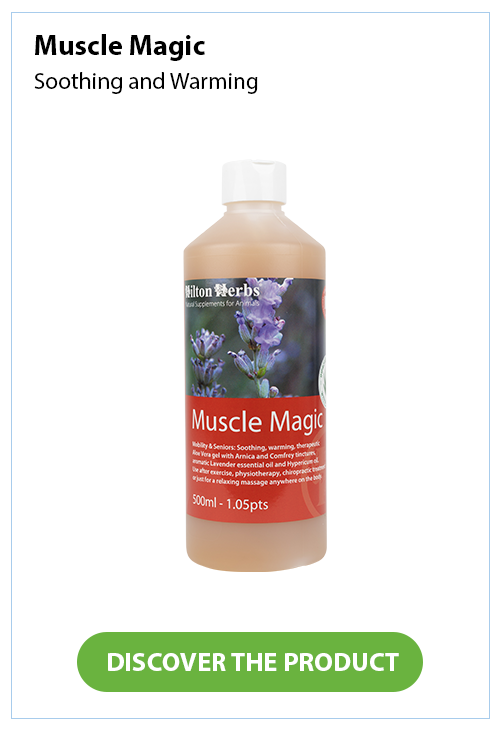
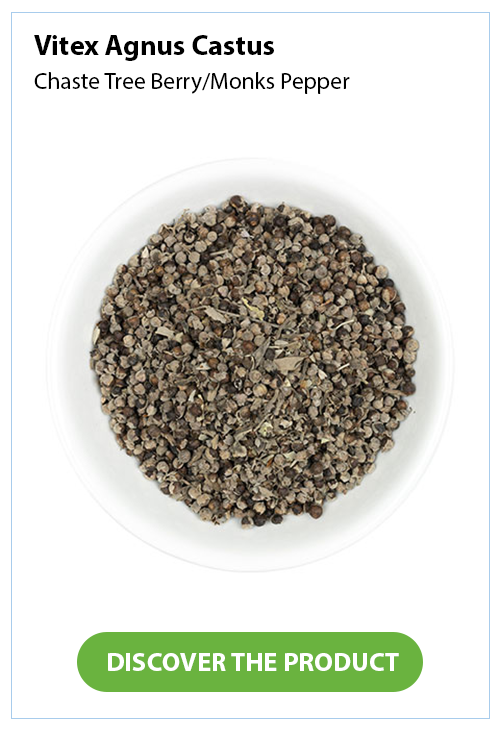
 About Kate Jupp
Kate Jupp
About Kate Jupp
Kate Jupp













